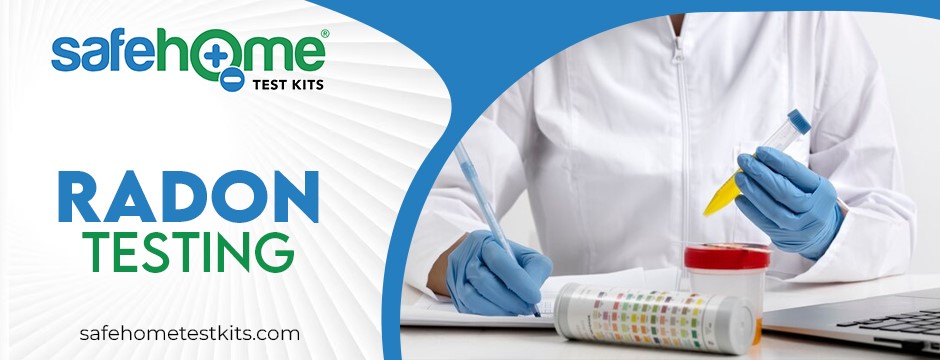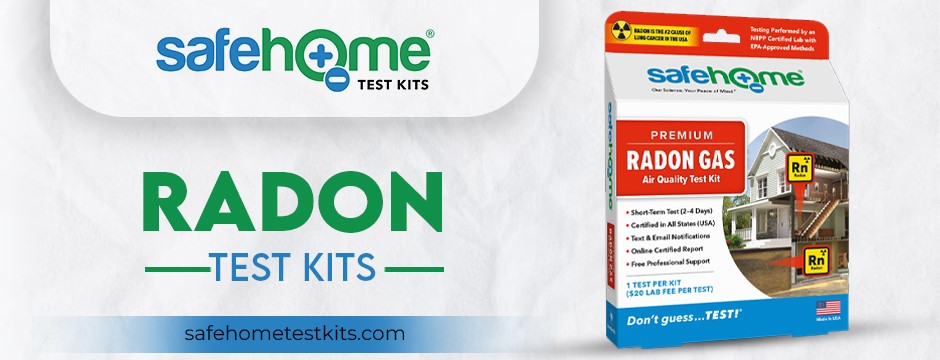Debunking Radon Myths: Separating Fact from Fiction

Radon, a radioactive gas, is a topic that often falls victim to myths and misconceptions. Debugging these myths and providing accurate information is crucial because radon exposure poses a significant health risk. In this comprehensive guide, we’ll tackle some common radon myths, separate fact from fiction, and highlight the importance of radon testing and mitigation.
Myth 1: Radon Is Not Harmful
Fact: Radon is a naturally occurring radioactive gas that forms when uranium in soil, rock, and water breaks down. Radon is colorless, odorless, and tasteless, making it impossible to detect without proper testing. Prolonged exposure to elevated radon levels is the leading cause of lung cancer in non-smokers and the second leading cause of lung cancer overall, responsible for tens of thousands of deaths each year.
While it’s invisible and has no immediate symptoms, radon is a silent health threat that should never be underestimated. The truth is that radon is not only harmful but potentially deadly, and it warrants serious attention.
Myth 2: Radon Is Only a Problem in Certain Areas
Fact: Radon can be found everywhere, and its levels can vary significantly from one location to another. While some areas may have higher average radon levels than others, the risk of radon exposure exists nationwide. The only way to know the radon levels in your specific location is to conduct radon testing.
Radon is not bound by geographical boundaries or confined to specific regions. It can infiltrate homes and buildings in urban, suburban, and rural areas. The key takeaway is that radon doesn’t discriminate; it can affect anyone, anywhere.
Myth 3: Radon Testing Is Complicated and Expensive
Fact: Radon testing is simple and inexpensive. Radon test kits are readily available and come in various forms, including short-term and long-term tests. Short-term tests provide results within a few days, while long-term tests monitor radon levels over several months for a more accurate assessment. Some home improvement stores even offer low-cost or free radon test kits.
Testing for radon is a straightforward process that anyone can undertake. It doesn’t require specialized knowledge or equipment. The cost of a radon test kit is a small price to pay for the peace of mind that comes with knowing your home’s radon levels.

Myth 4: Radon Testing Is Only Necessary for Homes with Basements
Fact: Radon can enter any building, whether it has a basement or not. Basements or crawl spaces can make it easier for radon to enter, but it can infiltrate through cracks in foundations, floor slabs, walls, and gaps around pipes and cables. Radon testing is essential for all types of homes and buildings.
The misconception that radon is exclusive to homes with basements can lead to neglect in testing, putting residents at risk. No matter the design of your home, radon can find its way in, and every structure should be subject to testing.
Myth 5: Radon Levels Are Consistent Year-Round
Fact: Radon levels can fluctuate throughout the year due to various factors, including seasonal changes, weather conditions, and building ventilation. For example, when buildings are sealed to conserve heat, radon levels often rise during the winter. Therefore, long-term radon testing is recommended to capture these fluctuations accurately.
Understanding the seasonal variations in radon levels is critical for accurate assessment and mitigation. Assuming that radon levels remain constant year-round can lead to a false sense of security.
Myth 6: Opening Windows Will Prevent Radon Entry
Fact: Opening windows and increasing ventilation may help reduce radon levels slightly, but it’s not a reliable or effective method for radon mitigation. Radon can still seep into buildings through cracks and other entry points. Proper mitigation techniques, such as sealing cracks and installing radon mitigation systems, are necessary for effective radon reduction.
While fresh air is undoubtedly beneficial for indoor air quality, it’s essential to recognize that relying solely on ventilation to address radon is insufficient. Radon mitigation requires specific measures to block its entry and safely vent it outside.
Myth 7: Radon Mitigation Is Too Costly
Fact: Radon mitigation is a worthwhile investment in your health and safety. The cost of mitigation can vary depending on factors like the building’s design, the severity of radon levels, and the chosen mitigation method. However, the long-term benefits of reduced lung cancer risk far outweigh the upfront costs. Additionally, some homeowners insurance policies may cover radon mitigation expenses.
Viewing radon mitigation as an expense is a common misconception. It’s an investment in your well-being and peace of mind. The potential health risks associated with radon exposure make mitigation a cost-effective choice in the long run.
Myth 8: Radon Mitigation Is a DIY Project
Fact: Radon mitigation is not a DIY project. Proper installation of radon mitigation systems requires specialized knowledge and equipment. Certified radon mitigation professionals have the expertise to assess radon levels, design effective mitigation systems, and ensure they meet local building codes and regulations.
While homeowners can tackle many home improvement projects, radon mitigation is not one of them. The complexity of mitigating radon gas demands the expertise of professionals trained and certified to address this specific hazard.
Myth 9: Once Mitigated, Radon Is No Longer a Concern
Fact: Radon levels can change over time, so periodic radon testing is essential, even after mitigation. Regular testing ensures that radon levels remain low and the mitigation system continues operating effectively.
Post-mitigation testing is not a mere formality; it’s an ongoing safeguard against the potential resurgence of radon. A well-functioning mitigation system requires occasional checks to ensure it continues to provide the protection your family deserves.

Safeguarding Your Home and Health with Safe Home® Radon Test Kits
For just $14.95, you can take a proactive step to protect your family from the silent threat of radon. Radioactive uranium naturally occurs in bedrock, emitting a hazardous gas called radon as it decays. This invisible and odorless gas can seep into your home through various entry points, including foundation cracks, drains, pipes, and well water. Once inside, it spreads through your HVAC system, posing a severe health risk.
Radon is a leading cause of lung cancer among non-smokers in the USA, claiming 20,000 lives annually. Since you can’t see, smell, or taste radon, testing is the only way to detect its presence. Safe Home® offers air quality test kits specifically designed to detect radon. Our kits include all the necessary supplies for easy sample collection, shipping, and testing by our NRPP-certified lab, following EPA-approved methods. Trusted by homeowners, contractors, and home inspectors, our lab holds NRPP certification in all 50 states for radon testing, meeting the requirements for home inspections, mortgage loans, and real estate closings. Take action against radon and prioritize your health with Safe Home’s Radon Test Kits.
Conclusion
Debunking radon myths and understanding the facts is essential to protect your family’s health. Radon is a silent and invisible threat; the only way to detect it is through testing. Radon exposure is a preventable risk, and taking action to test and, if necessary, mitigate radon levels in your home or workplace can save lives. Don’t fall victim to misconceptions; instead, empower yourself with knowledge and take the necessary steps to safeguard your loved ones from the dangers of radon.


